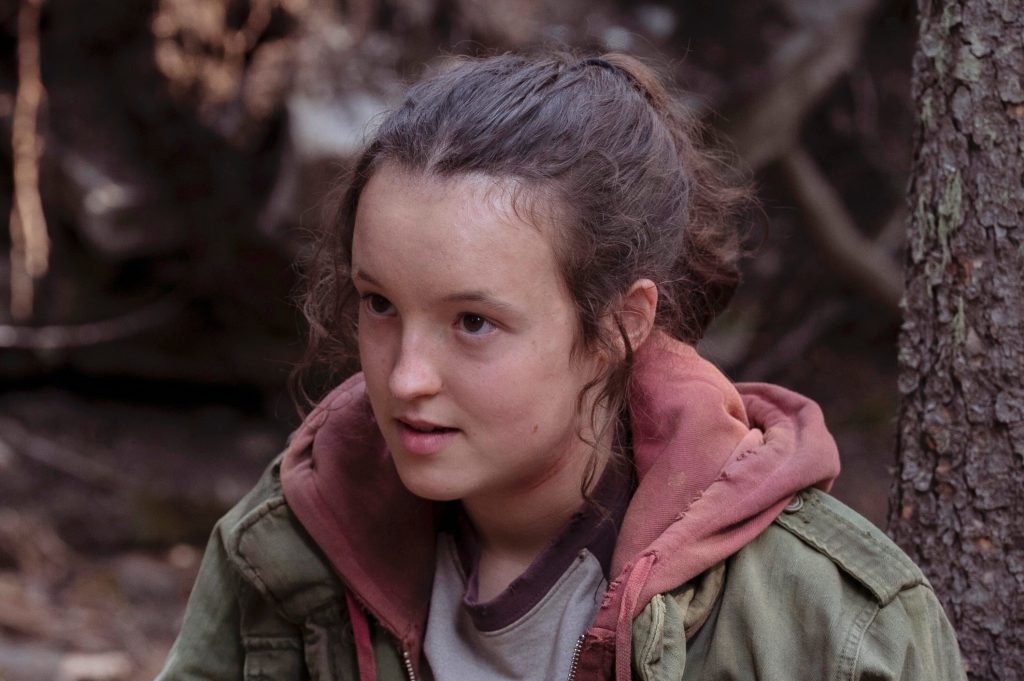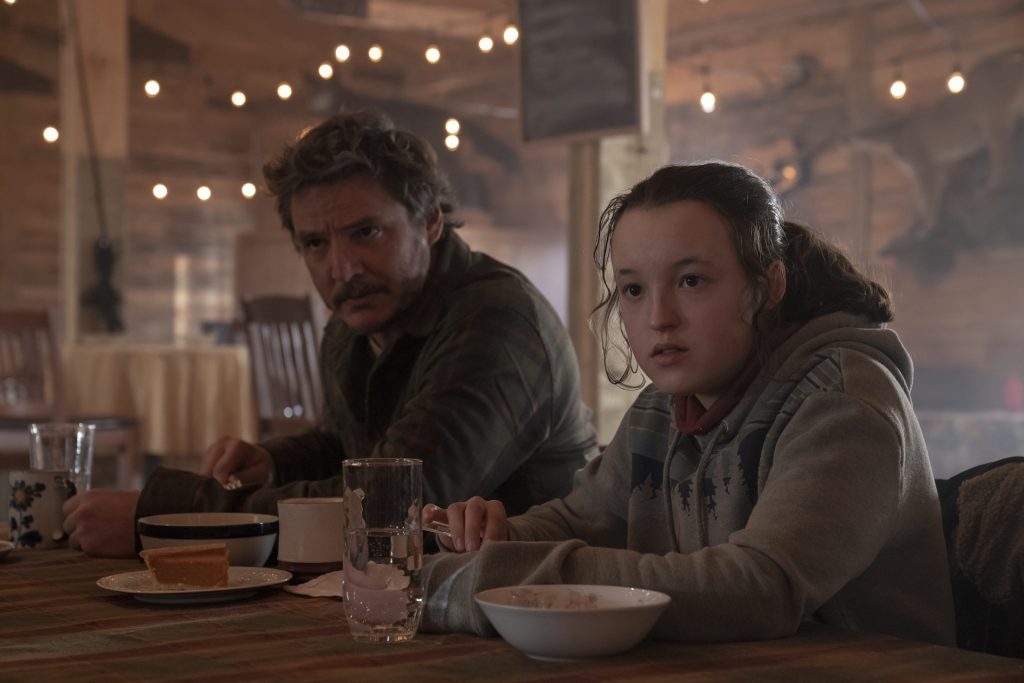Adapting video games has always been hit or miss. Making hours of gameplay into concise and cohesive narratives is challenging, and things almost always get lost in translation. From the campy and bizarre Super Mario Bros. (1993) to the more recent and mediocre Uncharted (2022), the initial charm of premise, character, and gameplay which first drew video game fans are lost. However, recent years have demonstrated promise in video game adaptations. Notably, the critically acclaimed series, Arcane: League of Legends (2021) transformed the MOBA into an explosive, enthralling nine-part series. Now, HBO’s adaptation of the Naughty Dog game The Last of Us is receiving similar praise, pleasing hard-core fans and cultivating hoards of new ones. As a fan of the game, I went back and played through The Last of Us for the first time since its release in 2013. By watching the series and experiencing the game parallelly, I discovered that, unlike many video game adaptations, The Last of Us’s airtight script transcends medium, lending it a universality that facilitates transference onto the small screen. Both game and series fans can enjoy The Last of Us without major alterations but with enough surprises to keep Joel and Ellie’s trek across post-apocalyptic America as poignant as ever.
Within other franchises, issues stem from creating captivating narratives from non-linear, hours-long gameplay. How do you translate leaping on mushrooms or punching ninjas and cyborgs into coherent 45 to 90-minute screenplays? While not impossible, the daunting task of adapting games often leads creators to strange conclusions, resulting in adaptations that range from unfaithful to unrecognizable, disappointing fans and failing commercially. However, The Last of Us provides a unique case. The game is a cinematic experience in itself, a fiercely creative, thrilling narrative masterfully interwoven with gameplay.

Players control Joel Miller, an aged, hardened smuggler tasked with bringing teenage Ellie Williams—humanity’s last hope—to a rebel militia wishing to end a decades-long fungal zombie outbreak. As players gather materials, upgrade weapons, and defend Ellie from infected and post-apocalyptic hunters, they also experience a visceral journey of survival, loss, and the lengths a father goes to save his child. To change any moment from Neil Druckmann’s (the game’s creative director) grounded script would do it injustice. Consequently, HBO’s adaptation of the videogame remains zealousy faithful. With Neil Druckmann returning at the helm alongside Craig Mazin, the head writers implement the videogame as a road map, outlining the series with Joel and Ellie’s pivotal moments. As a result, veteran and novice fans of The Last of Us can (re)experience key scenes, including the initial outbreak, Henry and Sam, and Joel’s final lie. Each scene is recreated shot for shot, line for line, preserving the initial emotional impact. Watching the series provides the identical, visceral, and gut-wrenching shocks.
But the strength of the show does not solely rely on adapt translation. Although the series recreates crucial scenes from cutscenes and in-game cinematics, narrative gaps appear during those intervals set aside for gameplay, in which the player usually solves a puzzle, collects gear, or sneaks around a horde of clickers. To fill these gaps, Druckmann and Mazin deploy a plethora of worldbuilding devices, scenes, and characters that not only complement the series but enrich the source material. For example, added scenes like the mycologists’ talk show interview about fungal infection, Dr. Pertiwi’s autopsy in Jakarta, and Joel’s recollection of the initial days of the pandemic give viewers crucial insight on the spread of the cordyceps virus not seen in the game.
Rather than mimic the game’s narrative focus on Joel and Ellie’s journey, the series takes a holistic approach, alternating between different characters, novel and familiar, that populate the world of The Last of Us. New characters such as Kathleen and Perry, who led an uprising against a totalitarian military regime, give much-needed depth to the faceless hunters Joel and Ellie face in the game and series. On a similar note, original storylines are created for fan-favourite characters, providing new life otherwise unseen in the game. Notably, the pilot spends significant time with Sarah, Joel’s daughter, before the outbreak, making subsequent events all the more heartbreaking. Also, Bill and Frank, Joel’s allies and fellow survivors, get more screen time within the series. Compared to the grisly fate they met in the game, the series provides Bill and Frank a more touching, heartfelt, and rounded relationship arc. Although the original script offers a solid narrative, these adapted characters and scenes augment the world of the game.

However, the verbatim translation of material across contrasting mediums does create some thematic discrepancies. Notably, Joel and Ellie no longer take center stage, much to the detriment of their characters. Within the 15-hour game, players constantly accompany the protagonists on their journey, watching their father-daughter relationship evolve in almost real time. Every humorous, shocking, or heartbreaking moment between them is earned and cathartic. While Pedro Pascal and Bella Ramsey give earnest performances as Joel and Ellie, the compact format of the series prevents them from reaching Troy Baker and Ashley Johnson’s (the original actors from the game) emotional heights. Consequently, vital moments such as the famous giraffe scene and Joel’s final lie to Ellie can seem rushed or ring hollow in the series. However, these minor incongruities do not impede the series’ momentum. Viewers, new and old, can still enjoy the dynamics of The Last of Us in this condensed form, reformulated as a sharp rush rather than a slow burn.
The Last of Us is a worthy video game adaptation. Recognizing the strength of the source material, showrunner Neil Druckmann translated his original script to television faithfully, ensuring that each line, shot, and musical cue strikes the same bittersweet chords as the original game. Alongside co-writer Craig Mazin, Druckmann fills gaps left by gameplay with intriguing, touching, and insightful scenes and characters to deepen the world of the series and, subsequently, the game. Although adapting an hours-long cinematic journey into a nine-part series may deprive some of catharsis, the creators masterfully condense familiar dynamics. Coupled with fantastic performances and a great score, The Last of Us will continue bringing fans of the game and the series together to discuss Joel and Ellie’s journey for years to come.
